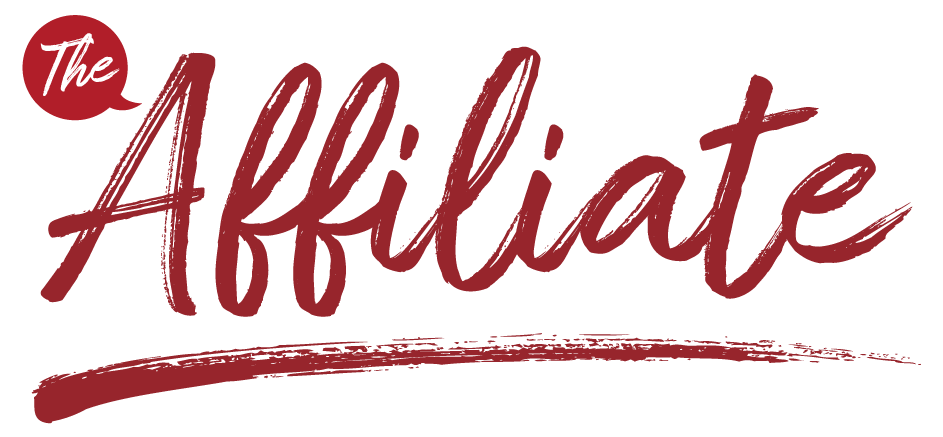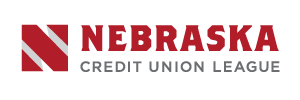By ANTHONY MONDELLO, ENVISANT
The Buy Now, Pay Later (BNPL) payment method is growing fast with a predicted market value of $565.8 billion dollars by 2026 according to GlobalData. What are the driving forces behind this growth? What is its impact on consumers? And, most importantly, how can credit unions respond to it?
market value of $565.8 billion dollars by 2026 according to GlobalData. What are the driving forces behind this growth? What is its impact on consumers? And, most importantly, how can credit unions respond to it?
The forces behind BNPL growth
BNPL is becoming a deciding factor in consumer purchases. Three main benefits are driving its popularity.
- Initiating these short-term installment loans does not usually impact a buyer’s credit score like applying for a credit card and missed payments generally aren’t reported by lenders. This makes consumers feel more comfortable going into debt.
- Most BNPL lenders don’t charge interest, and some plans even have no late fees, which makes them generally less costly for users than other forms of credit.
- Easy-to-use apps and plug-ins make accessing and repaying loans convenient.
These benefits appeal to consumers when they struggle financially or have difficulty getting approved for credit cards. Gen Z and Millennials in particular are drawn to this easy-to-use installment payment method, which makes them feel as if they are spending less than they are.
Merchant and payment platforms like Square and Amazon are beginning to partner with or acquire BNPL providers in the hopes of influencing buyer decisions, which will likely contribute to BNPL growth as well.
User impact
Despite its benefits, BNPL has drawbacks that contribute to financial health challenges. By making people feel they can afford items that are beyond their budgets, BNPL encourages increased spending and overall debt. Also, while BNPL tends to have low spending limits, users can still end up overextended, especially as they use these loans more regularly for everyday items and services.
Many BNPL providers have late payment fees, which is a concern for the 43% of BNPL users who have been late on their payments (Forbes). If unpaid debt is sent to collections, the collector may report it, causing a reduction in users’ credit scores. Autopay requirements can also limit repayment options, resulting in extra fees if the money is not available when the repayment is scheduled. These fees and a lack of regulated disclosure can cause consumers to pay more than anticipated for their loans.
How credit unions can respond
By contributing to financial challenges, BNPL may hinder the advancement of financial health and keep users from building strong credit history. Credit unions need to take the lead in educating members on both the benefits and drawbacks of different payment methods like BNPL.
Credit unions can advise members on ways to stay in control of their finances, encouraging them to read the fine print on BNPL loans and to ask themselves if they can afford to make the installment payments in the specified timeframe. Offering budgeting tools, financial counseling, and alternative payment options like debit or prepaid cards can also serve members who have financial concerns.
By using a wise mix of payment methods, credit union members can meet their current needs without sacrificing their financial futures. BNPL methods have their place in this mix, but other payment methods like credit cards offer the benefits of rewards and credit score building that people miss when using BNPL. By helping members understand and balance the use of different payment methods, credit unions can contribute to strengthening member financial health.
As a leading provider of payment services, Envisant is here to help your credit union create a balanced payments portfolio of prepaid, credit, and debit. Contact us at 1-800-942-7124 to learn how we can help you achieve your vision for serving all your members.
Contact the author: Anthony Mondello, Envisant


